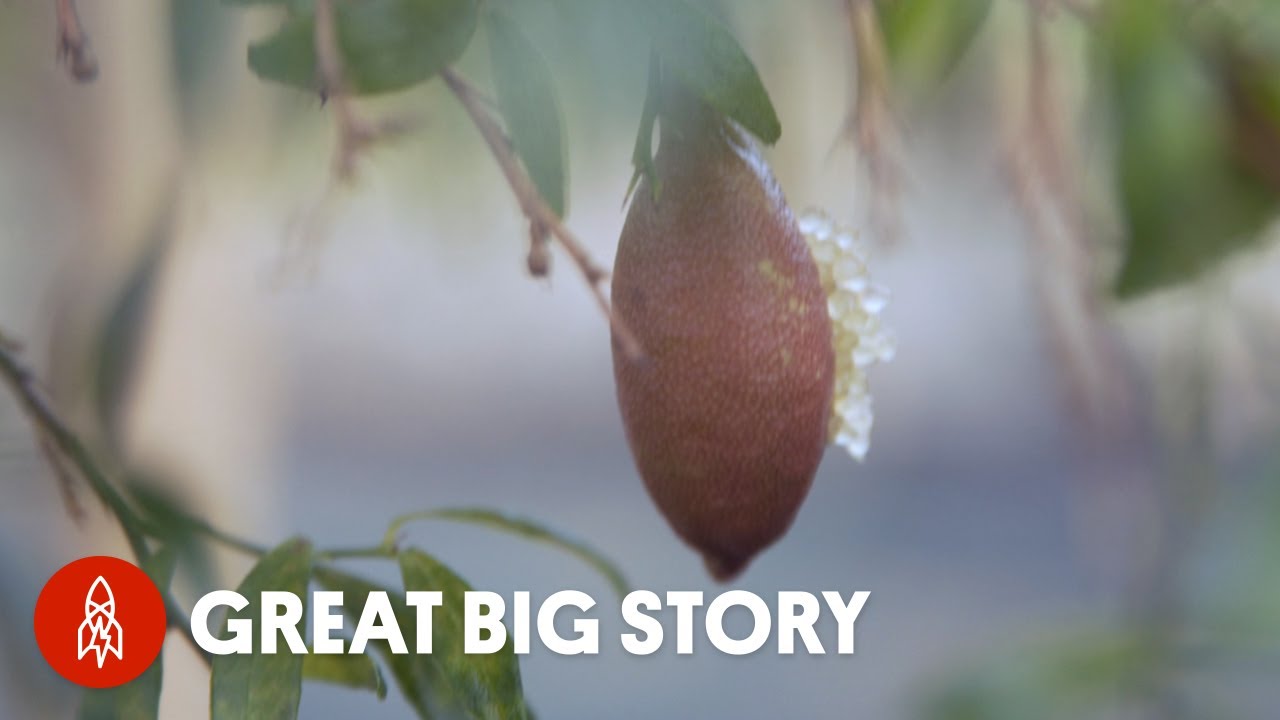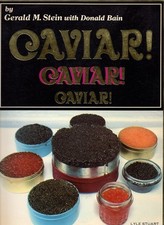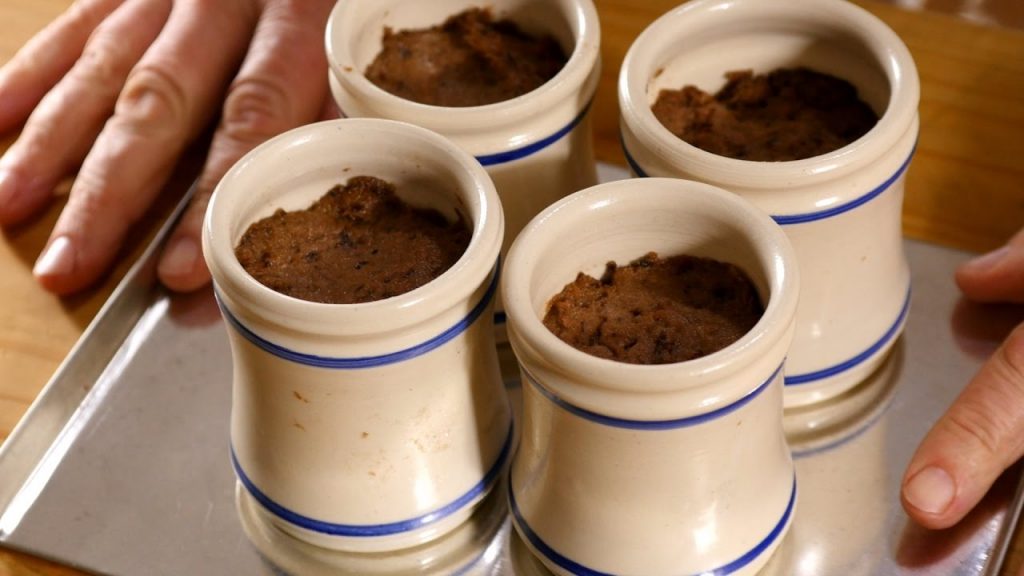This Rare ‘Caviar’ Comes From Lemons

On a farm in Eus, France, where the sun shines 320 days out of the year, Etienne and Perrine Schaller grow lemon caviar.
This special fruit, native to Australia, is known in the English-speaking world as finger lime. Lemon caviar is full of beads of deliciousness that look just like caviar. And, like caviar, it’s pricey. The Schallers sell theirs to top chefs like Daniel Lutrand, who invites us to Le Pastis Restaurant in Montpellier, France, to sample one of his elegant dishes.
Why is ‘lemon caviar’ so highly prized in the culinary world?
Lemons are an essential ingredient in our kitchens, adding a tangy zest to our meals and providing a refreshing beverage when mixed with water. However, these citrus fruits are not only limited to culinary purposes. They possess unique qualities that make them a coveted item in the gourmet world. A rare and expensive ‘caviar’ is derived from lemons, known as ‘lemon caviar,’ which is highly sought after by culinary enthusiasts and top chefs alike.
The history of ‘lemon caviar’ can be traced back to the early 2000s when a couple of chefs in Australia were experimenting with a new way to use the lemon fruit. The process of obtaining ‘lemon caviar’ entails the extraction of the tiny flavor-packed balls from the lemon fruit. These balls, also known as ‘citrus caviar’ or ‘lemon pearls,’ have gained immense popularity in the gourmet world for their unique texture, flavor, and visual appeal.
Unlike traditional caviar, which requires the eggs to be harvested from sturgeon fish and processed, the process of obtaining ‘lemon caviar’ is much simpler. The balls are manually extracted through a labor-intensive process that involves cutting the lemon quarters into pieces and collecting the tiny pearls using a specialized spoon.
The resulting product, ‘lemon caviar,’ is a delicate and exquisite dish that is highly prized in the culinary world. The taste of the lemon pearls is an explosion of tart and tangy flavors, with a refreshing citrus aroma that is unmatched by any other fruit. The texture of the tiny balls is also unique, with a satisfying popping sensation that is reminiscent of caviar.
‘Lemon caviar’ has found its way onto the menus of some of the world’s top restaurants, like Noma in Denmark, and the Fat Duck in the UK. Chefs use it to add a zesty twist to their dishes, as a garnish, or as a flavor enhancer. The high price tag associated with this rare delicacy is owing to the labor-intensive process of obtaining it, making it a luxury item.
In recent years, ‘lemon caviar’ has also gained attention from the beauty industry. Companies have started using it in their skincare products, citing its high antioxidant content and skin-brightening properties.
In conclusion, lemon caviar is a rare and exceptional delicacy that has made its mark in the gourmet world. The labor-intensive process of obtaining it and its incredible taste make it a luxury item that is highly coveted by chefs and culinary enthusiasts alike. Its versatility and potential benefits have even led to its inclusion in the beauty industry. Perhaps, it is time to give this rare ‘caviar’ a try and see what all the fuss is about.










I’m A Chinese Cowboy With A Southern Accent
FLYING Leaf Blower RC airplane Mk2
This Fairytale Treehouse will make you Relive your Childhood Dreams
PIRANHA VS BULLFROG LIVE FEEDING ( WARNING! GRAPHIC CONTENT)
I Climbed The Tallest Chimney In Europe (360M)